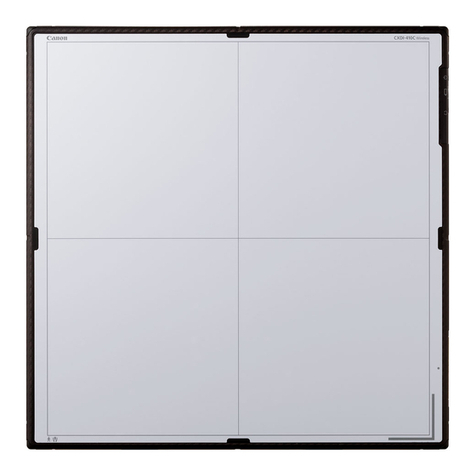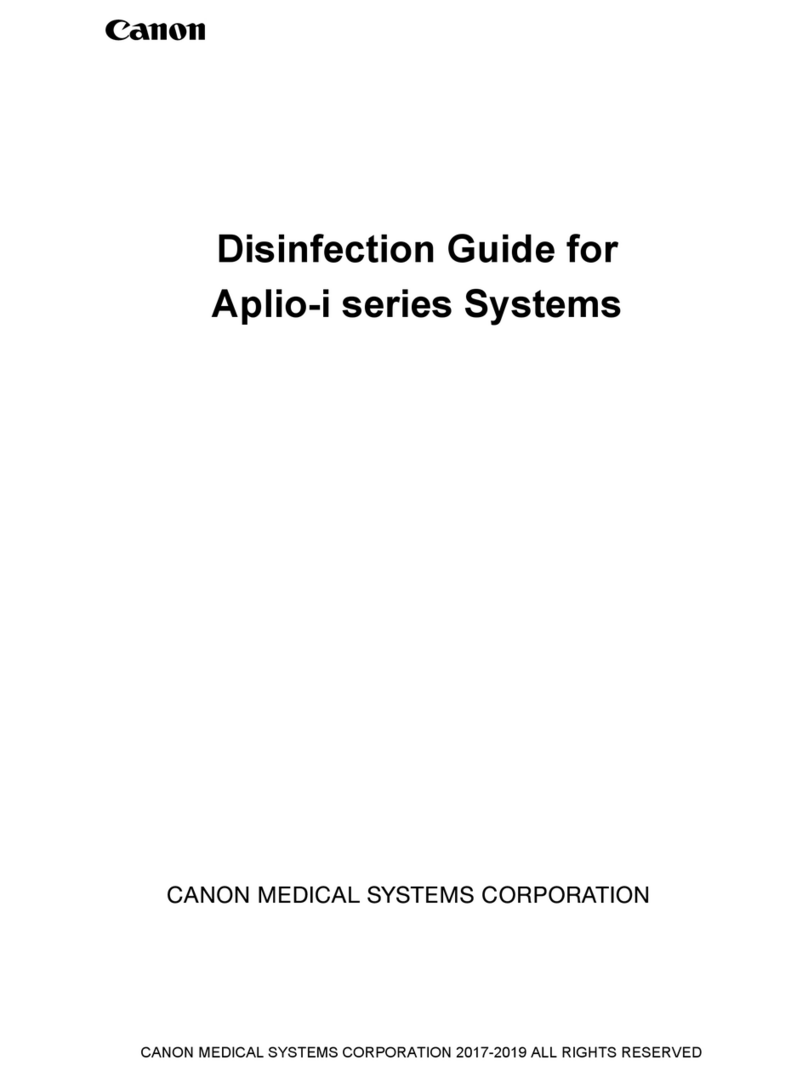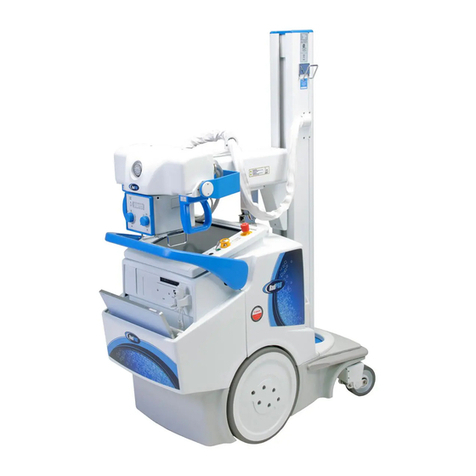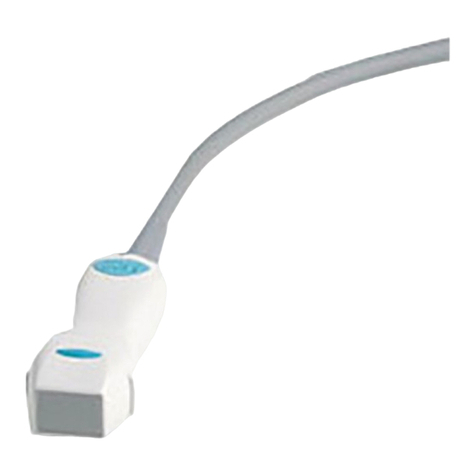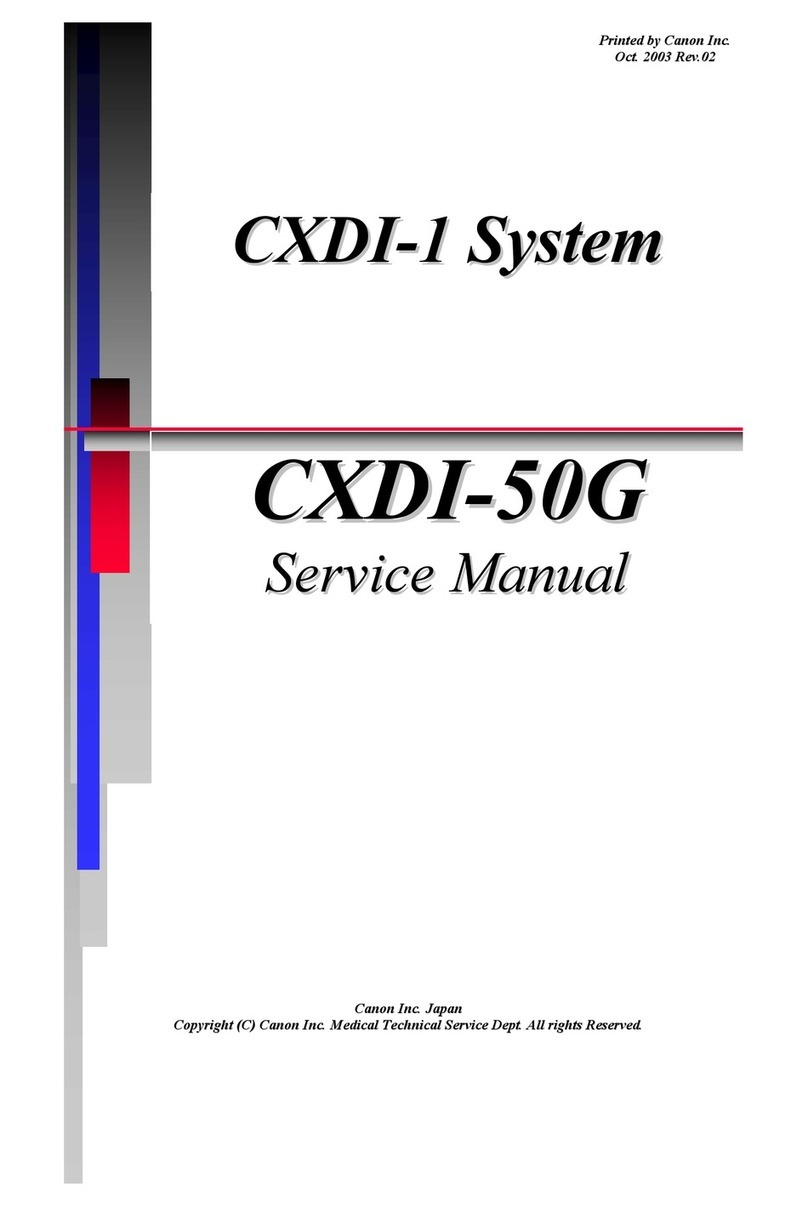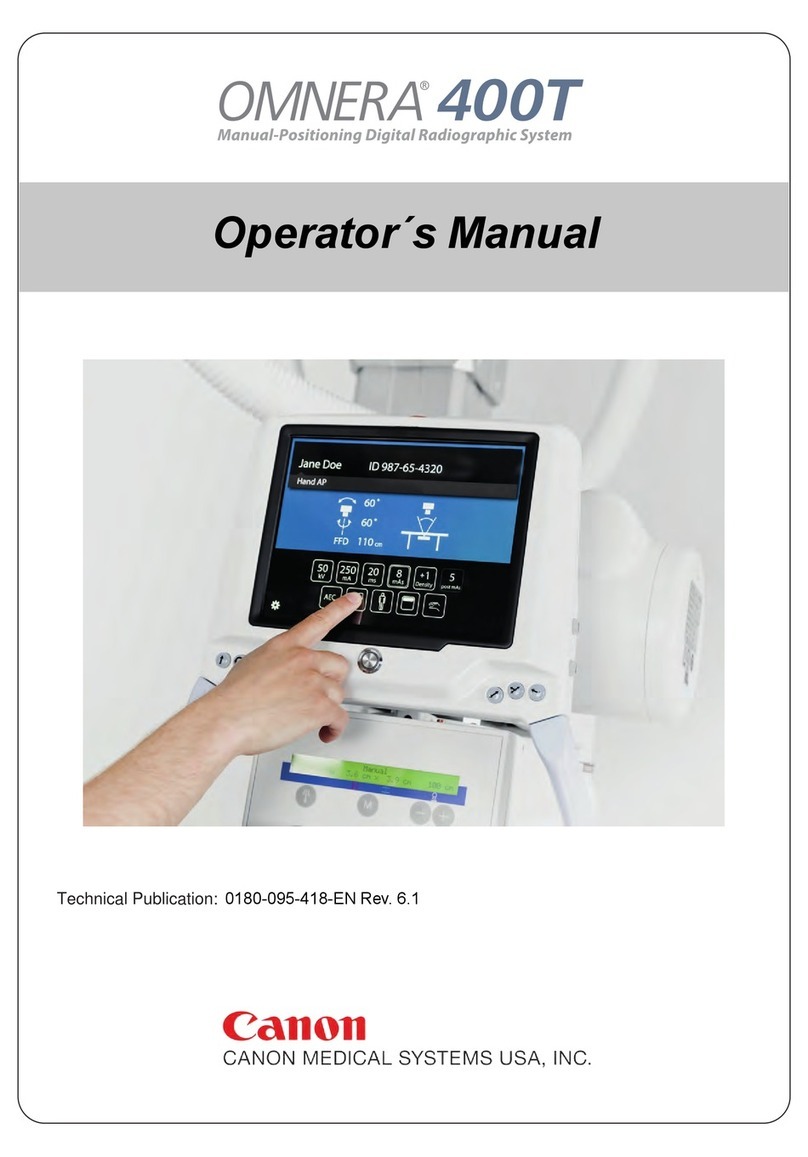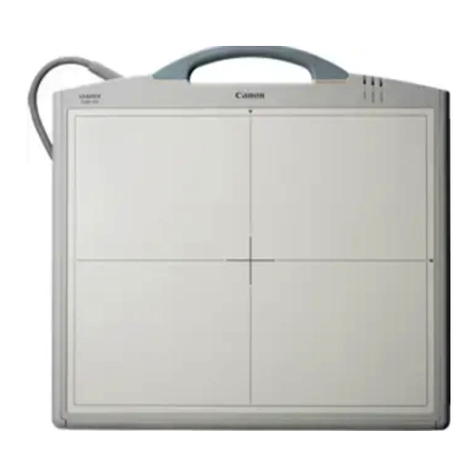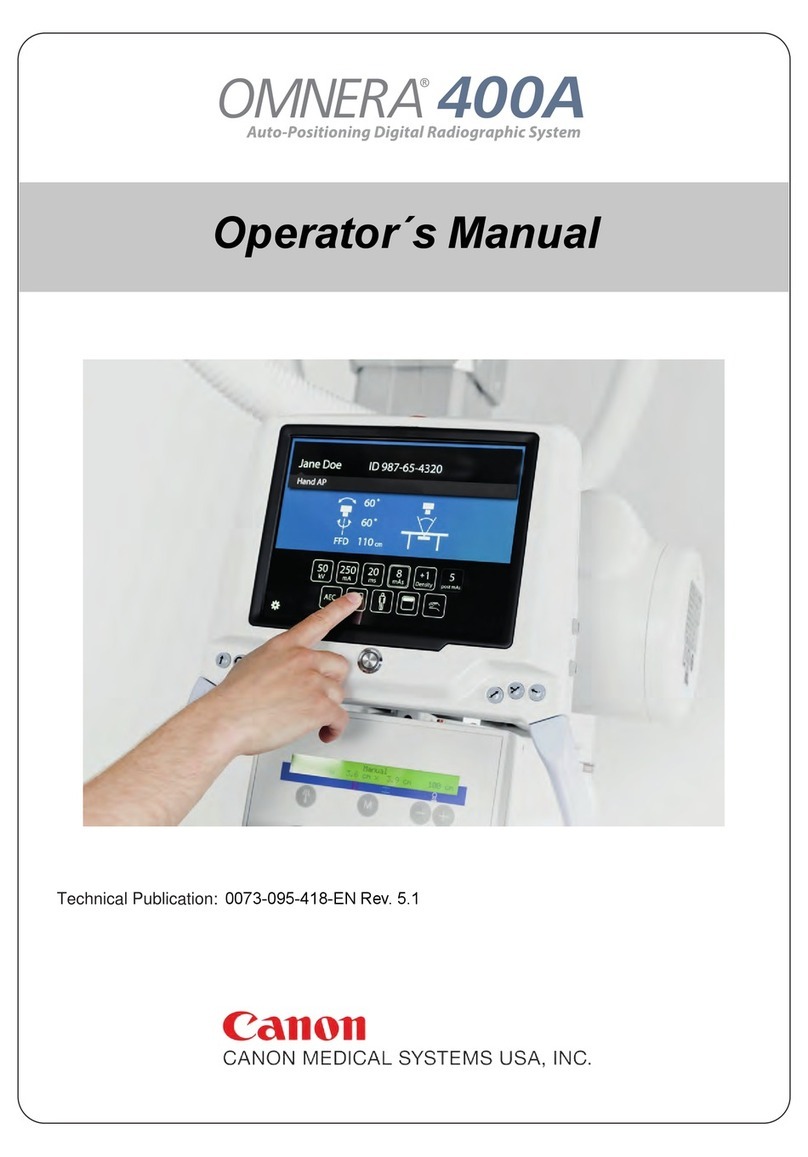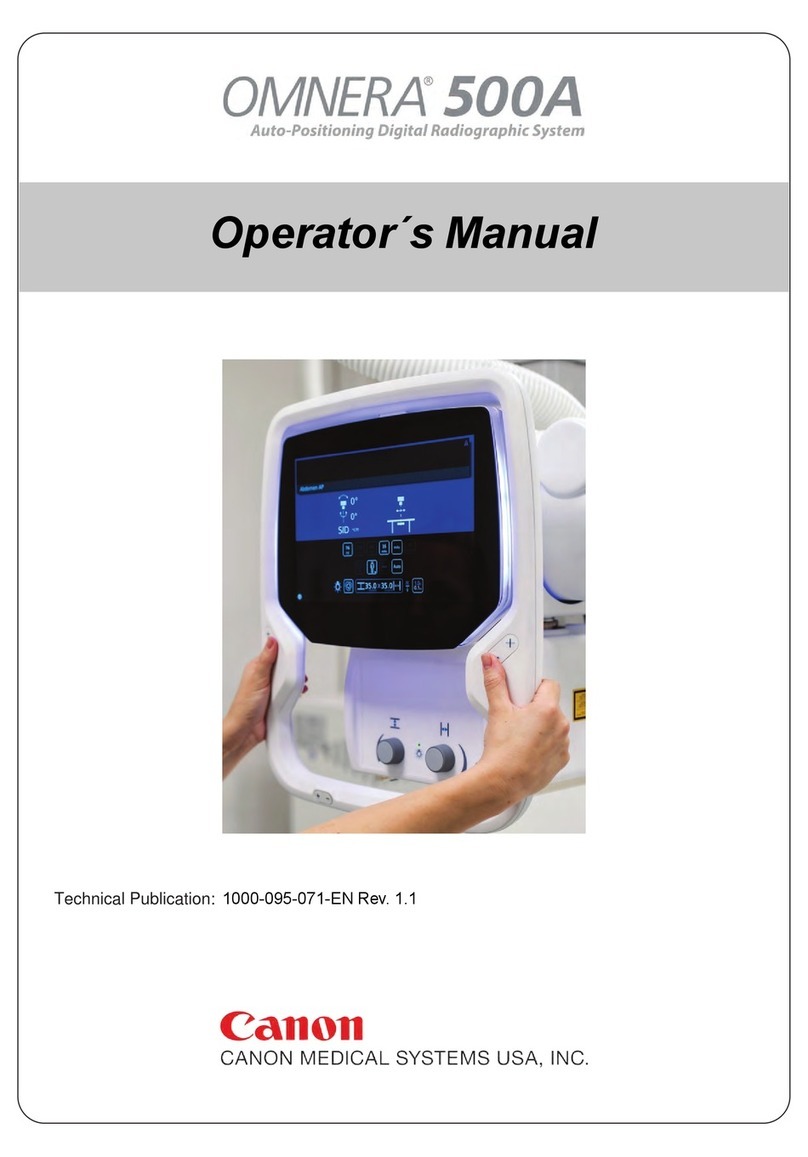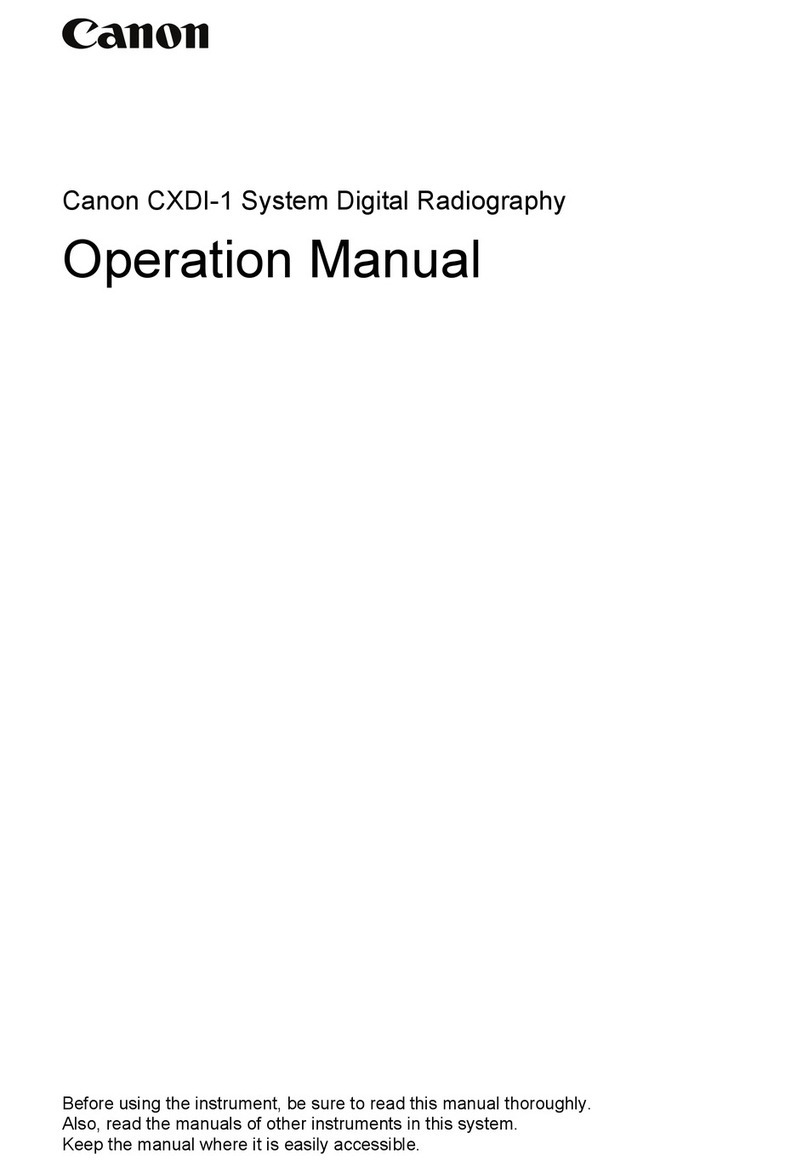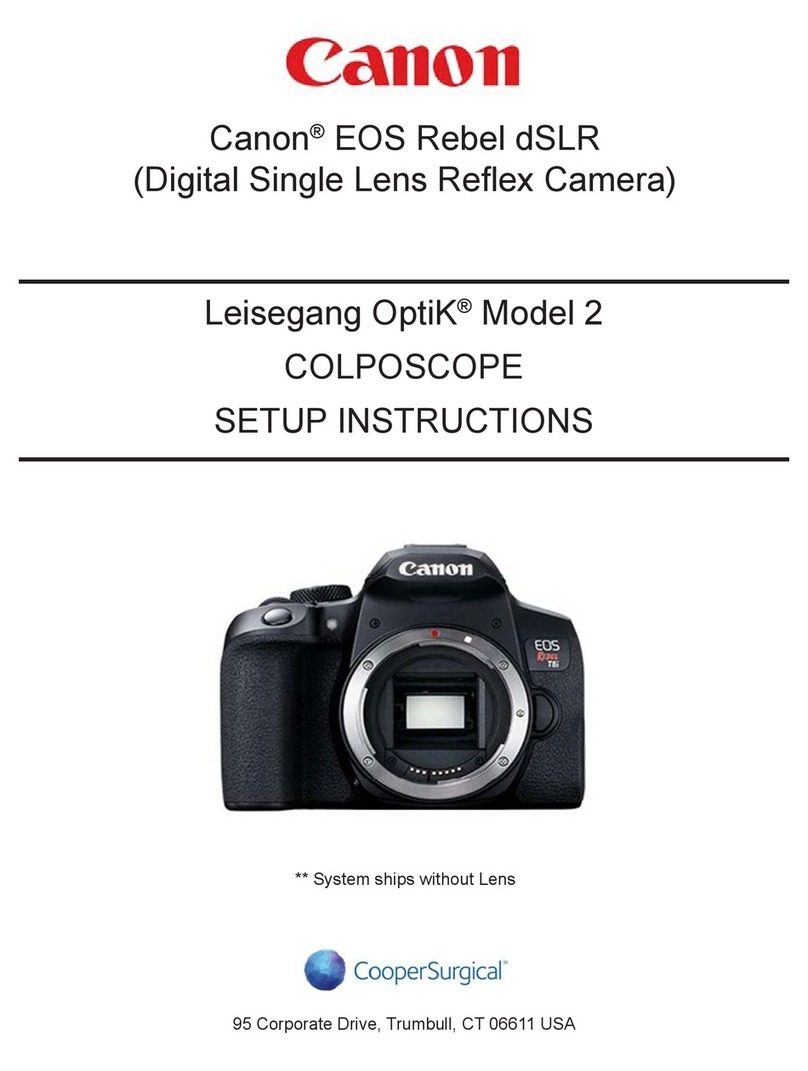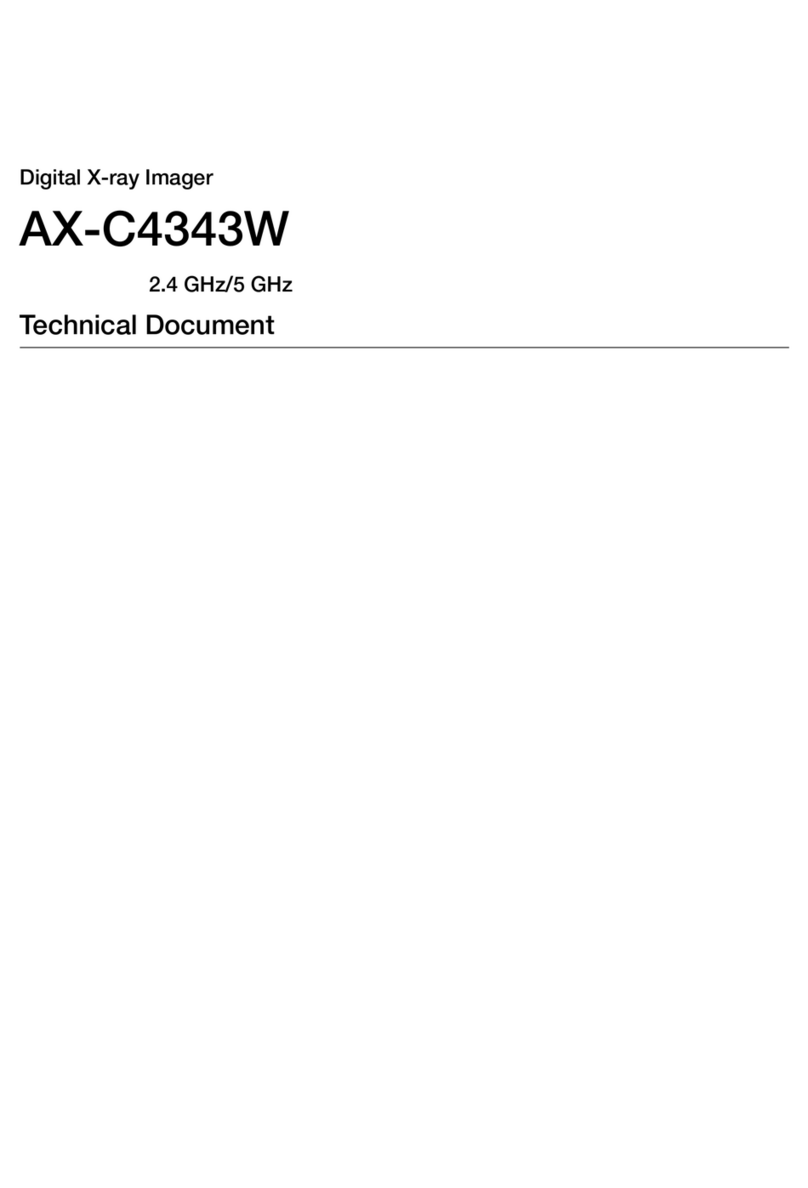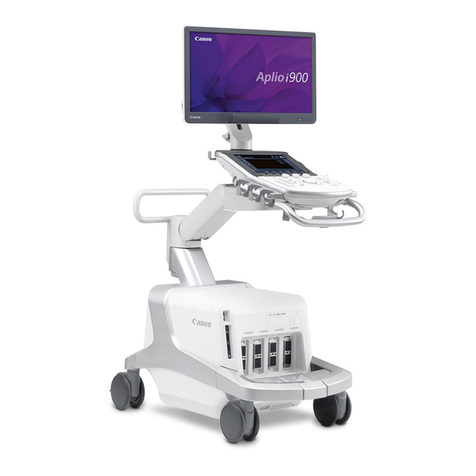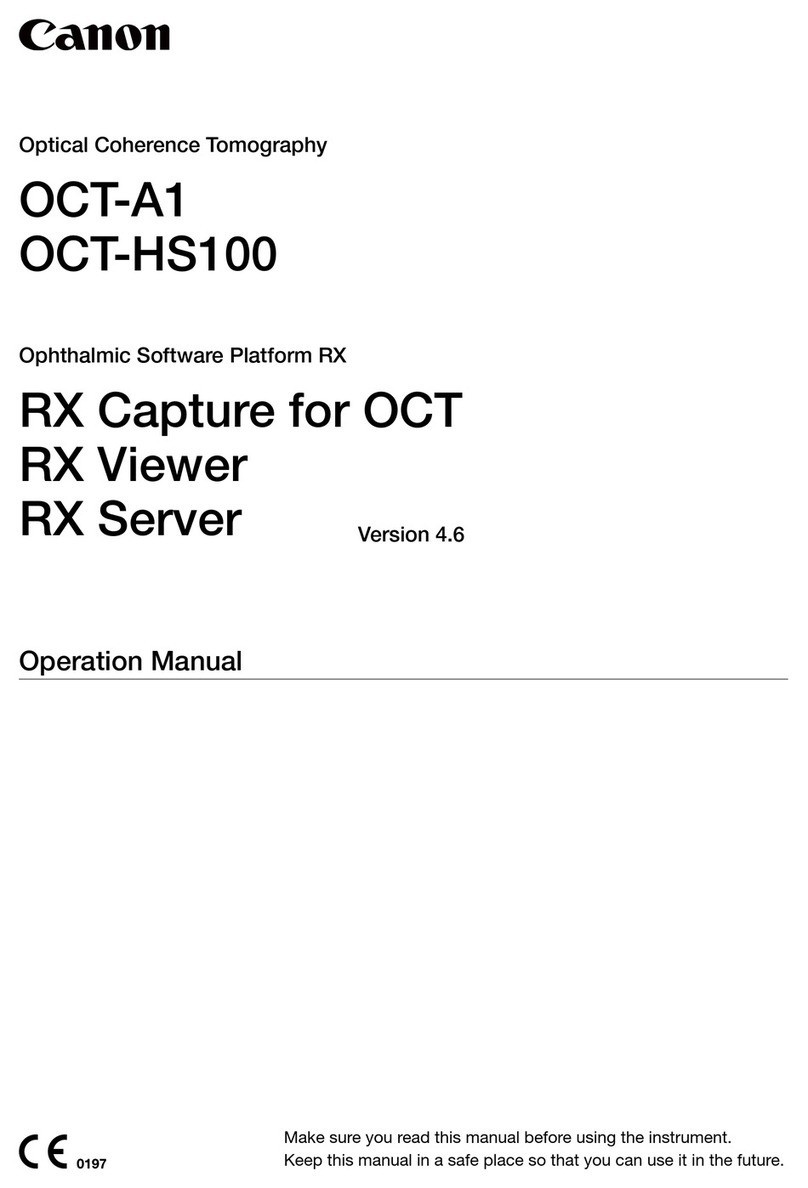
No. 2B771-191EN*Q
228
Cleaning the ECG limb clips (clip-type electrodes)
NOTICE: Before drying the ECG limb clips, make sure that there is no electrolyte
cream remaining on the clips, and that all water and chemical solution
has been wiped off. Otherwise, ECG tracing will not be displayed
correctly.
Clean the ECG limb clips regularly.
(a) Wipe off all organic materials (such as blood or
other body fluids) from the ECG limb clips using a
soft cloth moistened with any of the following (as
appropriate).
Purified water
Mild detergent diluted with warm water
(39 C or less)
Cationic detergent diluted with warm water
(39 C or less)
Ethanol for disinfection (76.9 to 81.4 vol% at
15 C)
(b) Wipe the ECG limb clips with a clean, soft, dry
cloth and then dry them. Do not use heat to dry
the electrodes.
(c) Confirm that the ECG limb clips show no signs of
damage, deformation, or peeling.
Cleaning the PCG sensor and the pulse sensor
NOTICE: Do not immerse the PCG sensor or the pulse sensor in water or
chemical solution. If moisture enters the connector, the system may
fail.
PCG sensor
Pulse sensor
Clean the PCG sensor and the pulse sensor regularly.
(a) Wipe off all organic materials (such as blood or
other body fluids) from the PCG sensor or the
pulse sensor using a soft cloth moistened with any
of the following.
Purified water
Mild detergent diluted with purified water
Ethanol for disinfection (76.9 to 81.4 vol% at
15 C)
(b) Wipe the PCG sensor or the pulse sensor with a
clean, soft, dry cloth and then dry the PCG sensor
or the pulse sensor. Do not use heat to dry it.
(c) Confirm that the PCG sensor or the pulse sensor
shows no signs of damage, deformation, or
peeling.
